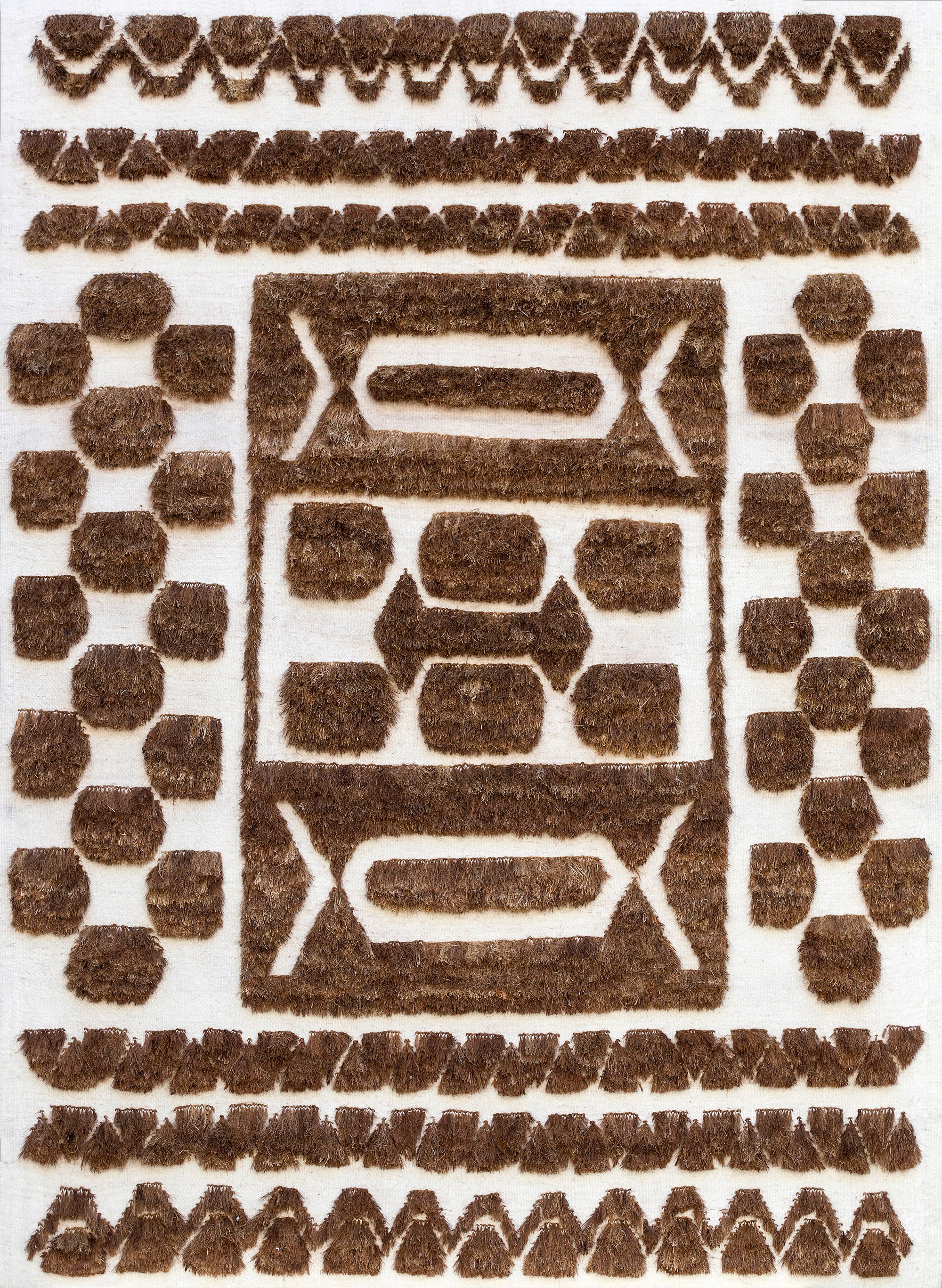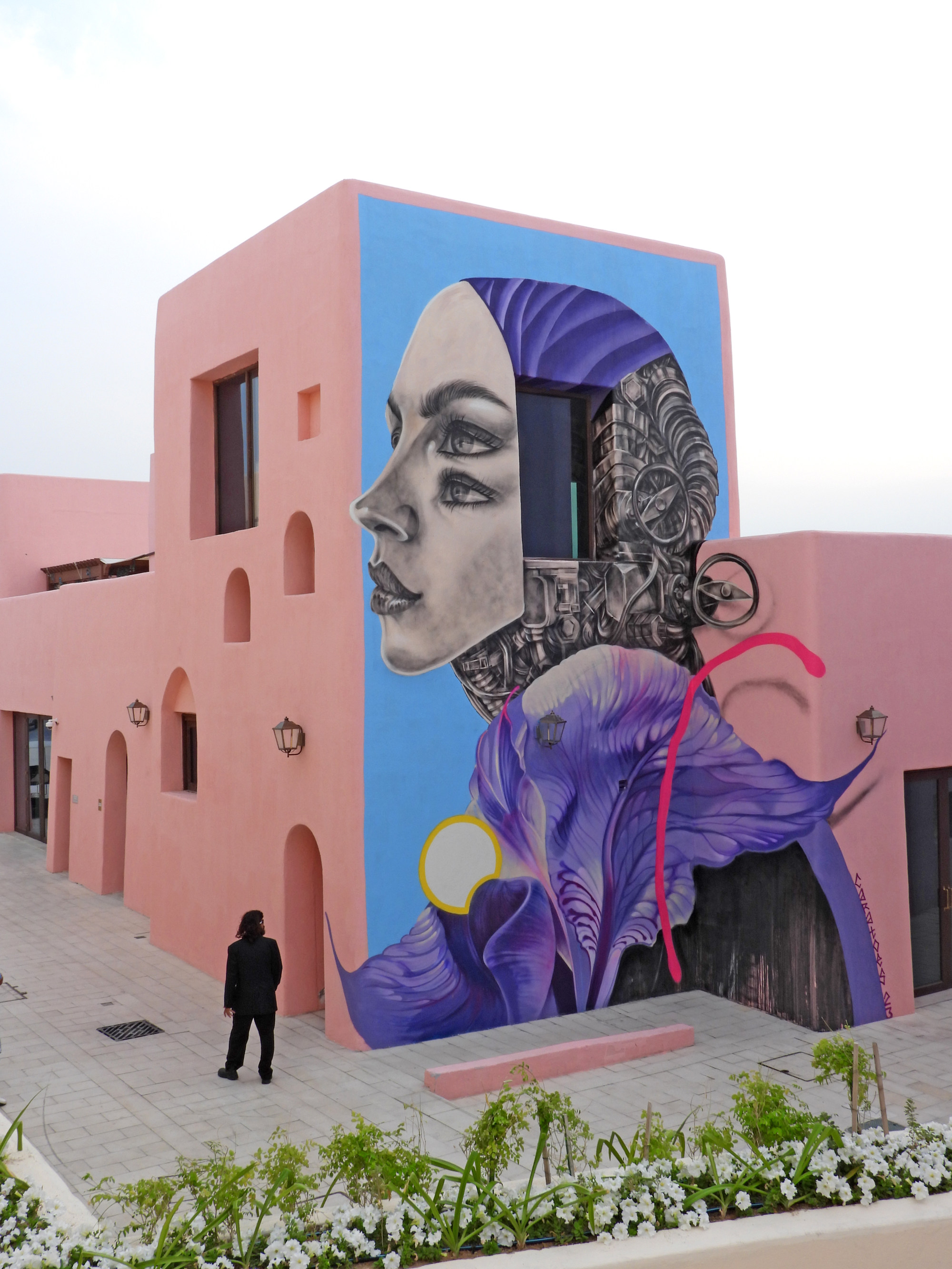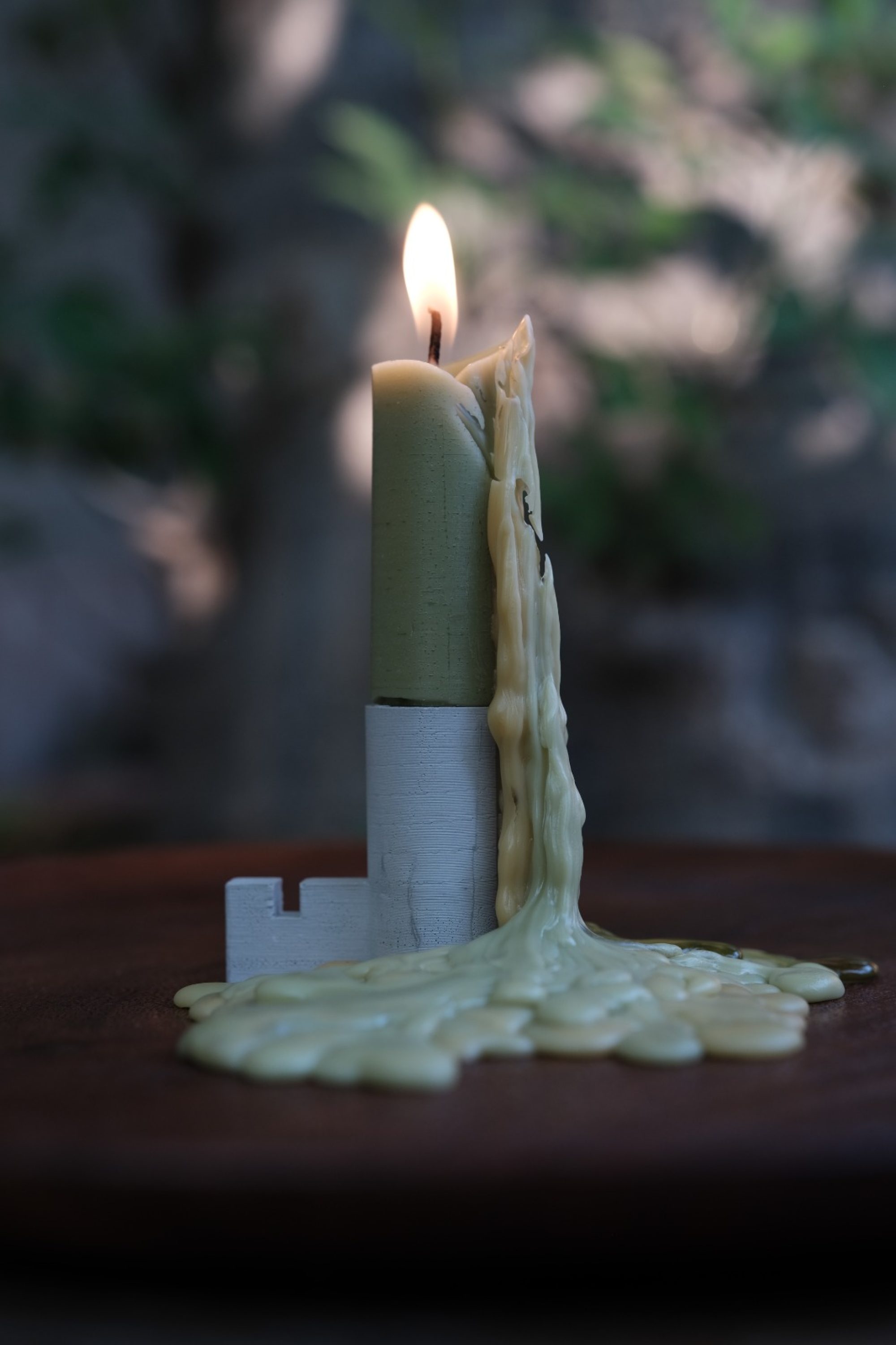
At Arab Design Now, flagship of Qatar’s Design Doha biennial, history and heritage are spurs for creativity
- History and heritage inspire many of the pieces in Arab Design Now – works whose designers creatively ally modern thinking and traditional materials
- The exhibition is the centrepiece of Qatar’s first design biennial but across Doha there is much more, including a street art initiative with Hong Kong roots
One “trick” for prolonging the enjoyment of sprawling design festivals is to ask yourself: “What is the one thing you would take with you, given the opportunity and the space?”
Rana Beiruti laughs at the seemingly impossible question. But upon giving herself manageable parameters by clarifying “something that fits into my home, into my life”, the curator of “Arab Design Now” (ADN) nominates a series of works by architect Amina Agueznay.
“It’s an innovative use of raw natural materials, not in a traditional sense,” says Beiruti of the series, with its brush-like geometric designs inspired by the doors of a Moroccan ksar (fortified village).


“It has texture, it’s close to the earth. It combines craft and textile as well as references to rural architecture in Morocco with its patterns.”
Beiruti also highlights creations, commissions included, on display elsewhere in the city as part of the biennial, which runs until August.

Architecture, graphic design and craft exhibitions, among other events, together announce Qatar’s arrival on the design scene.
Although not officially part of Design Doha, there are additional spectacles at starchitect-designed venues and revitalised areas that have transformed the country’s landscape in recent years.
Just one is the new Mina District, in the Old Doha Port area, where fairy-tale pastel buildings now sport bold futuristic statements, courtesy of a cohort of local and international muralists led by Jasper Wong.
For a handful of years from 2007 the Chinese-American lived in Hong Kong, where he founded what would become World Wide Walls.
Much of the WWW street art in Doha, created two months before the late February design festival kick-off, has a sci-fi edge.

A mural, by Caratoes – whose art decorates Hong Kong streets and homes – shows a woman in purple hijab, her head an amalgam of mechanical parts. The hardware refers to Qatar’s first petroleum pipes, which changed the country’s fortunes.
History is the ballast for many of the ADN works. But to Beiruti’s guiding question, “What does it mean to create in our region today?” the 70 participating Arab designers, from the Levant, the Gulf and North Africa, turned not only to heritage and tradition for creative spurs.
Materials, geography and environmental concerns also shaped responses.

Not surprisingly, given regional instability, geopolitics was conspicuous: on opening night, the Palestinian flag lit up the facade of John McAslan’s robust M7 building, host to core events in the downtown “oasis” of Msheireb.
Certain products bore messages. Candles called 1948: Souvenir from Palestine were designed to tell part of the Palestinian story, the base of these wax tapers shaped like keys to symbolise the displaced’s hopes of returning home, their designer, Majdulin Nasrallah, says.
The threat of erasure, again in the Palestinian context, could also be found in a beautifully intricate green marble and brass bridal chest, by sisters Nisreen and Nermeen Abudail.

Embroidery patterns of flora and fauna, compiled through research of Palestinian heritage, are now preserved eternally in stone.
The threat of loss was also addressed with the intangible. Amine Asselman’s Metamorphosis project uses mathematics to preserve an intricate Moroccan Zellige tiling method that Unesco has warned could disappear.
The designer hopes to advance the technique to create infinite ceramic tile compilations, and has developed a geometrical “language” to translate musical notes, scales and scores into Zellige compositions.


Old and new find expression throughout the festival. Other stand-outs include the award-winning pendant light called Constellations 2.0, by Abeer Seikaly, using 5,000 Murano glass pieces and incorporating Bedouin weaving practices to create a structural mesh.
Then there’s the magnificent Desert of the North, Amine El Gotaibi’s 16-metre-long copper and wool installation draped dramatically in the atrium of the brutalist Ned Doha hotel, David Chipperfield’s adaptive-reuse masterpiece.
At “Weaving Poems”, perhaps Design Doha’s most memorable exhibition, 24 abstract Afghan carpets resembling limpid watercolour paintings hang in the dark heavens of a theatre at the top of M7.

For the exhibition, Afghan designer Maryam Omar, from non-profit organisation Turquoise Mountain, worked with Bamiyan’s female weavers to design and make the carpets.
The title of the exhibition refers to the poems recited as mnemonic devices to help recall patterns and colours.
“A lot of people will assume that a carpet from Afghanistan has a certain look,” says Thalia Kennedy, Turquoise Mountain’s global creative director, referring to the deep red and octagonal patterns that tourists typically encounter.
Doha stopover: what to see in Qatar’s capital – souks, art, falcons
“These kinds of exhibitions reach a very broad audience,” she adds, explaining that events such as “Weaving Poems” allow the voices of artisans and their stories to be heard internationally. “They help to elevate and, in many cases, to change perceptions of craftsmanship.”
What would I take home from Design Doha? The poetry that opens your eyes to possibility.
.

